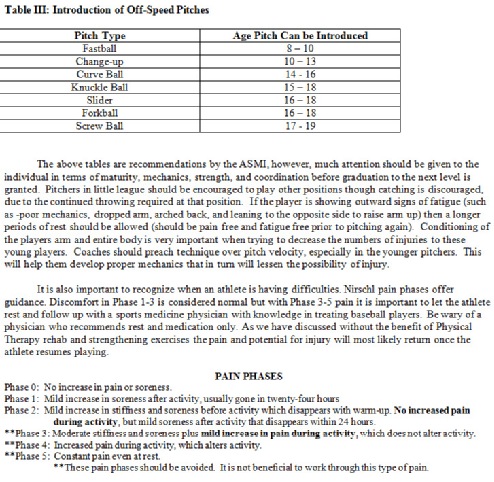
Widely considered one of the best pitching coaches of all time, Leo Mazzone, who last summer famously deemed the Nats’ Strasburg shutdown plan ‘pathetic,’ has strong opinions on how to take care of pitchers. These quotes are from an interview he did on KFNS 590 AM in St. Louis on March 29, 2013.
“What professional baseball is doing now with pitchers clearly does not work because baseball has set a record for DLs and arm surgeries. We were proud of the health of our (Braves) pitching staffs. We rarely missed starts and we only had a couple of Tommy John surgeries on the Bobby Cox-Leo Mazzone watch.”
“That was because we tried to teach pitchers to throw more often with less exertion. Now they say not to throw or you can’t do this or that. When they go out, they throw as hard as they can because they are not throwing as much.”
“It is basically common sense and that is how you take care of a pitcher’s arm. You better be able to read a pitcher’s mechanics or read his body language. If you have to have a number for an inning or a number for a pitch count to determine whether you leave somebody in, then you shouldn’t be coaching.”
What about long toss?
“Long toss is anything further than sixty feet, six inches. If a pitcher can learn how to make his pitches do something without maxing out his effort, he creates longevity. I had our guys throwing more often but with less exertion. The critics would say I had them throwing too much. No, I’m controlling the effort. If they can learn how to do that, they lower the risk of arm injury.”
“This ain’t old school. If I wanted you to run seven miles in a week, would you feel better if you ran one mile a day to get your seven miles or if you ran your seven miles, took four days off, and did it again. It is common sense.”
Does the type of pitches they throw have an effect?
“It isn’t a particular pitch that hurts your arm. It’s a fallacy that if you throw a split it hurts your arm, or if you throw a slider when you are younger. That is a bunch of BS. What hurts your arm is when you max out on every pitch you throw.”
“A starting pitcher has to learn the amount of effort to put forth on a pitch to get the end result that he wants. That comes in trust in one’s self. How do you acquire that touch? You have to go down to the bullpen and work on it a little. Nothing crazy. I wanted to teach them how to change speeds and get a little touch on their fastball, get a good feel for their pitches. It was my job to regulate their effort.”
Listen to the interview (Segment 4).
Photo by Keith Allison









